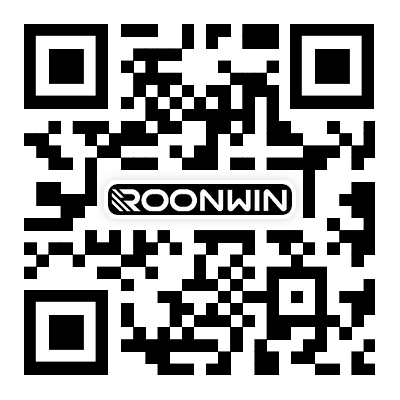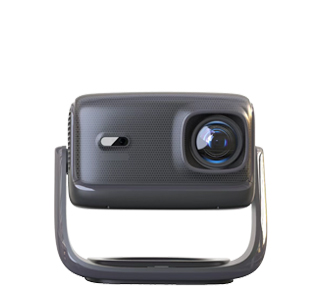
The home theater projector OEM supply chain is a complex ecosystem
involving specialized components, global manufacturing centers, and stringent
quality standards. The following is a detailed analysis based on industry
dynamics and recent market trends:
1. Core Components and Key Suppliers
Display Technology
DLP Chips: Texas Instruments (TI) dominates the market with its DLP
technology, used in high-end models such as the Optoma UHR90DV. TI's 0.66-inch
and 0.96-inch 4K DLP chips are essential for high-resolution projection.
LCD Panels: Epson leads in 3LCD technology, while Chinese suppliers such as
BOE and Innolux offer cost-effective 1LCD solutions. OEMs such as Shenzhen-based
Funphenix use both DLP and LCD panels, with 1LCD panels expected to account for
approximately 68% of global shipments in 2024.
LCoS (Liquid Crystal on Silicon): Sony and JVC utilize this technology to
create high-contrast 4K home theater models. Light Source
Laser Module: Osram's PL PM 4 450 multi-die blue laser module (50W output)
powers high-end projectors such as Optoma's UHR90DV, achieving 5,000 lumens and
96% BT.2020 color coverage. Chinese suppliers such as Appotronics are developing
RGB laser solutions to reduce reliance on foreign technology.
LED: Used in budget-friendly models (such as Funphenix's $60 projector) to
reduce power consumption and extend lifespan.
Lamp: Osram, Philips, and Ushio supply high-pressure mercury lamps for
mid-range models, but their market share is declining due to the popularity of
laser/LED.
Optical Lens
High-end Lenses: Fujinon (Canon) and Schneider Electric provide precision
lenses for 4K/8K projectors, ensuring low light loss and high uniformity.
Cost-effective Solutions: Chinese manufacturers like ZORSIKA offer 4K-compatible
lenses with an ultra-short throw ratio of 0.35:1 and an 18-element lens design
that addresses distortion.
Circuitry & Processors
Image Processors: TI's DLP controllers and MediaTek's SoCs (such as the
MTK9669) handle HDR10+, Dolby Vision, and AI upscaling.
Audio Components: Texas Instruments (audio amplifiers) and Cirrus Logic
(DACs) ensure compatibility with Dolby Atmos and DTS:X.
2. Manufacturing Centers and OEMs
China: Shenzhen, centered in Shenzhen, is the primary production base.
Factories like Funphenix (13,000 square meters) can produce 100,000 units per
month, offering low minimum order quantities and rapid prototyping. Other major
cities include Dongguan and Suzhou.
Taiwan: BenQ and Optoma operate vertically integrated factories that
combine R&D and production. Foxconn and Quanta also manufacture for global
brands.
Mexico: It is increasingly becoming a tariff-friendly alternative to the US
market. Chinese OEMs like Funphenix are shifting production to Mexico to avoid
the 104% US tariff on Chinese goods.
3. Certification and Compliance
Safety Standards: CE, FCC, RoHS, and IEC 62368-1 (audio/video safety) are
mandatory. Laser projectors must comply with IEC 60825-1 (Class 1 laser
safety).
Advanced Certifications: Dolby Vision, IMAX Enhanced, and THX require
strict adherence to image and audio quality benchmarks. Optoma's UHR90DV is the
first product to receive both Dolby Vision and IMAX Enhanced certifications.
Regional Requirements: Japan (PSE), South Korea (KC), and Saudi Arabia
(SASO) implement additional testing, often requiring a localized power adapter
and documentation. 4. Supply Chain Challenges and Innovation
Trade Tensions
The United States has imposed tariffs of up to 104% on Chinese goods,
forcing original equipment manufacturers (OEMs) to relocate production to Mexico
and Southeast Asia. This has increased logistics costs but mitigated the impact
of the tariffs.
Chip Shortage: Limited supply of TI's DLP chips in 2023-2024 is prompting
manufacturers to shift to 1LCD solutions, accelerating their market
penetration.
Sustainability
Eco-friendly Materials: Optoma's UHR90DV uses 50% PCR (post-consumer
recycled) plastic and FSC-certified packaging.
Energy Efficiency: Europe's ENERGY STAR and Minimum Energy Performance
Standards (MEPS) are driving demand for low-power laser/LED models.
Technology Trends
Ultra-Short Throw (UST): Lenses with a throw ratio of less than 0.4:1 (such
as ZORSIKA's 0.35:1) enable wall-mounting and are popular in living rooms. AI
Integration: Voice control (Alexa/Google Assistant) and automatic keystone
correction are becoming standard features, requiring advanced sensors and
algorithms.
8K Readiness: Sony and JVC have already launched 8K projectors, but
consumer adoption remains limited. Chinese OEMs are developing affordable
8K-compatible modules.
5. Cost Structure and Pricing
Component Costs: DLP chips ($150-500 USD), laser modules ($200-800 USD),
and lenses ($100-500 USD) account for 60-70% of the bill of materials (BOM)
cost.
Retail Price: Entry-level 1080p LED models start at $100 USD (e.g.,
Funphenix), mid-range 4K laser projectors cost $1,500-3,000 USD, and high-end 8K
models exceed $10,000 USD. Profit Margins: OEMs typically earn 15-25% profit
margins, while brands like Sony and Epson can achieve even higher margins
(20-35%) thanks to their premium technology and brand recognition.
Read recommendations:
HI Gift Customization - HI Series Projector
Comprehensive Projector Usage Guide
3D Projection with Projectors
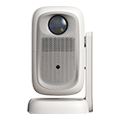
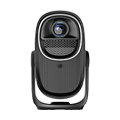

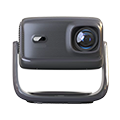

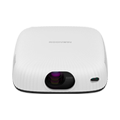
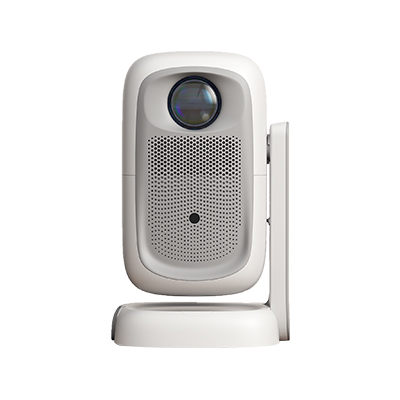
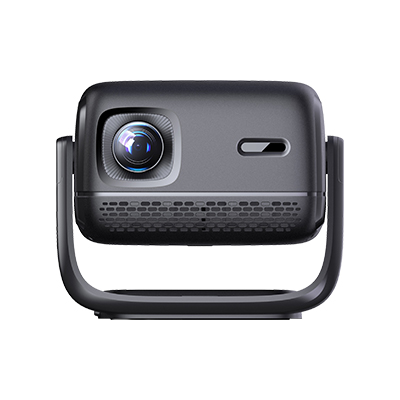
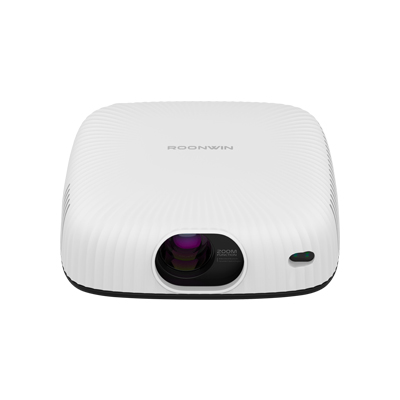









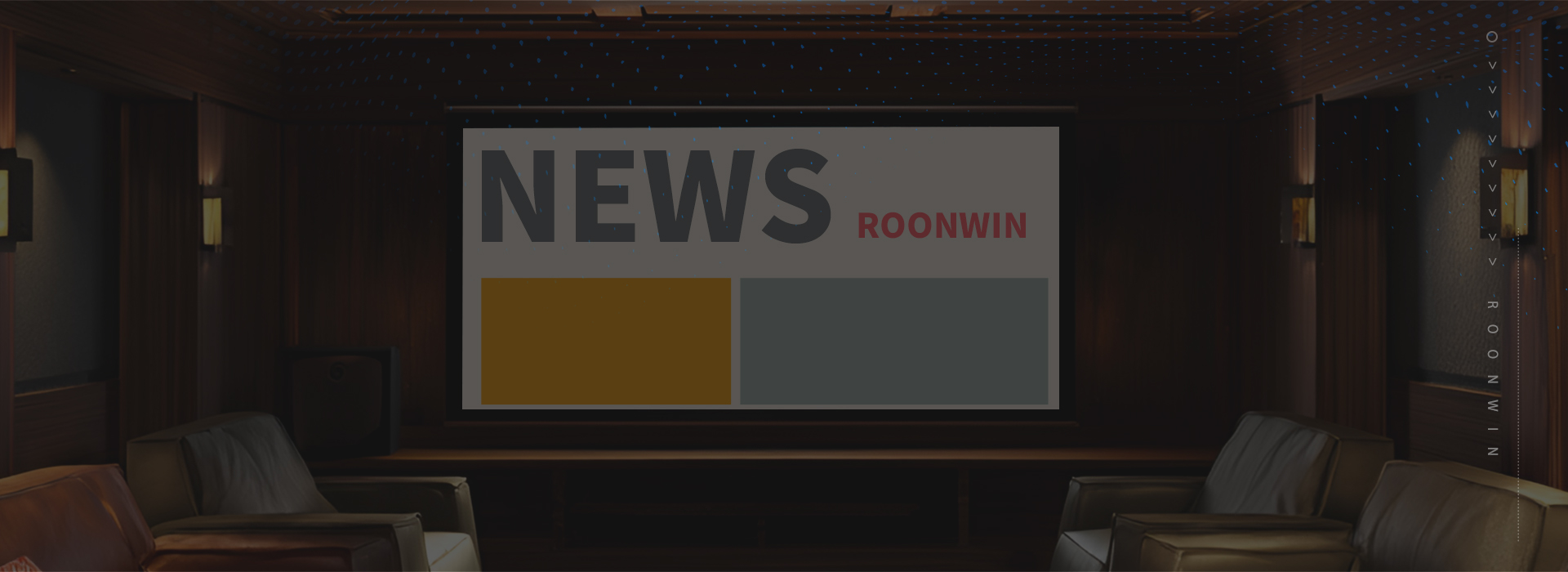
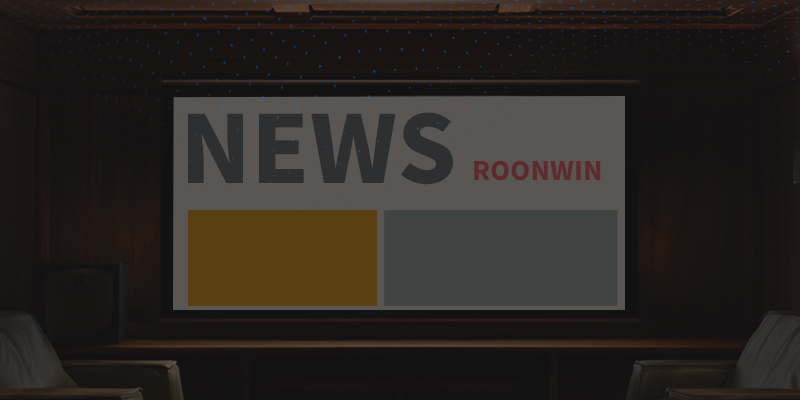
 Reviewed:
Reviewed:










